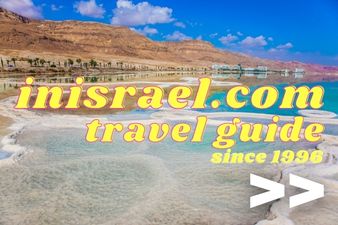The Carmel market
Attractions travel guideThe Carmel Market is the largest open market in Tel Aviv and the best place to buy fresh food and wonder around. Next to the market lies the Yemenite Vineyard, a small neighborhood with charming little streets and typical Yemenite restaurants.
The Carmel Market (Shuk HaCarmel) is the biggest marketplace in Tel Aviv and a fun place to visit. In the Carmel market you can find just about anything for the lowest prices in town, including different kinds of bread, olives, dried fruits, spices and so on. It is also the best place to buy fresh fruits and vegetables, as well as fish and poultry. The clothing section is located next to Allenby Street, and you can surely find there a bargain or two.
Just off the Carmel Market lies one of the most special neighborhoods in Tel Aviv. It is called Yemenite Vineyard (Kerem Hateymanim), originally formed in the beginning of the 20th century by the Jewish immigrants from Yemen. The municipality started renovating this area some 15 years ago, and walking through its narrow alleys and small houses is pretty inspiring. Accept for a walk in these charming little streets, you can make a stop in one of the small neighborhood restaurants. All of them serve traditional Yemenite cuisine, spiced with Hawhyedge, the most characteristic spice in the Yemenite kitchen. The neighborhood is located very close to the sea, so it can be a good stop on your way to or from the beach.
Hotel Metropolitan at 11 Trumpeldor St. is just few minutes walk from the Carmel Market to the north. It is an affordable yet elegant lodging option next to the beach and the city center. Another nice hotel in this area is Sun City hotel at 9 Trumpeldor St., which is very well kept and quite intimate. It has a great location – next to the city’s lively markets and shopping areas, and only 500 meters from the Mediterranean.
Galileo Hotel, located in the heart of the Yemenite Quarter, one of Tel Aviv’s first neighborhoods, is a picturesque hotel which will provide you with all the facilities of a budget accommodation in the best location.
It is easy to find your way around the Carmel Market area using public transportation, because most buses have stops in the central Allenby Street. It is also located right off Shenkin St., which is another landmark you mustn’t miss on your Tel Aviv visit.






